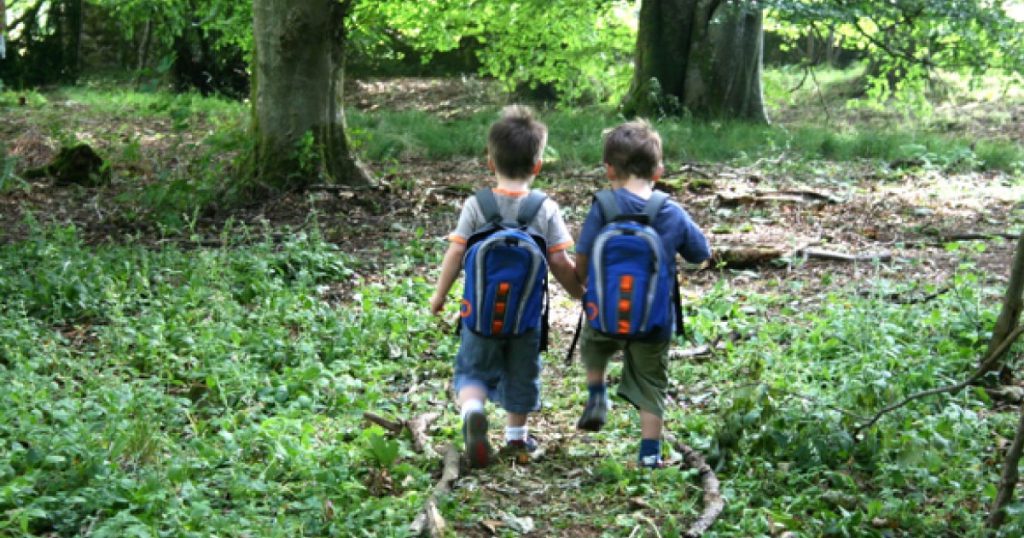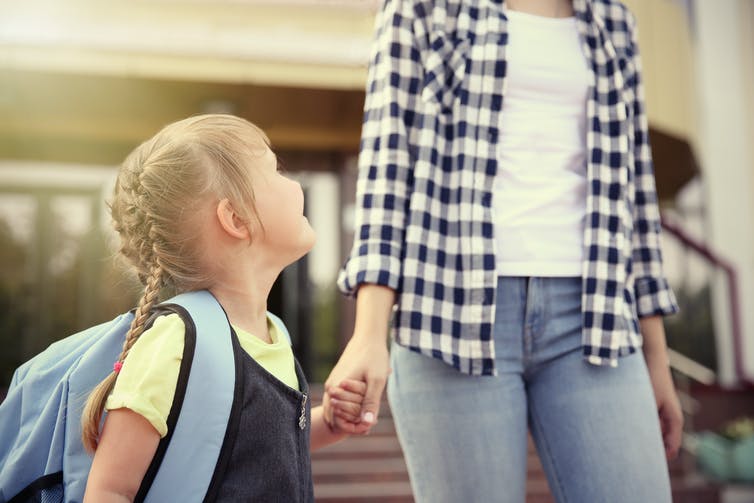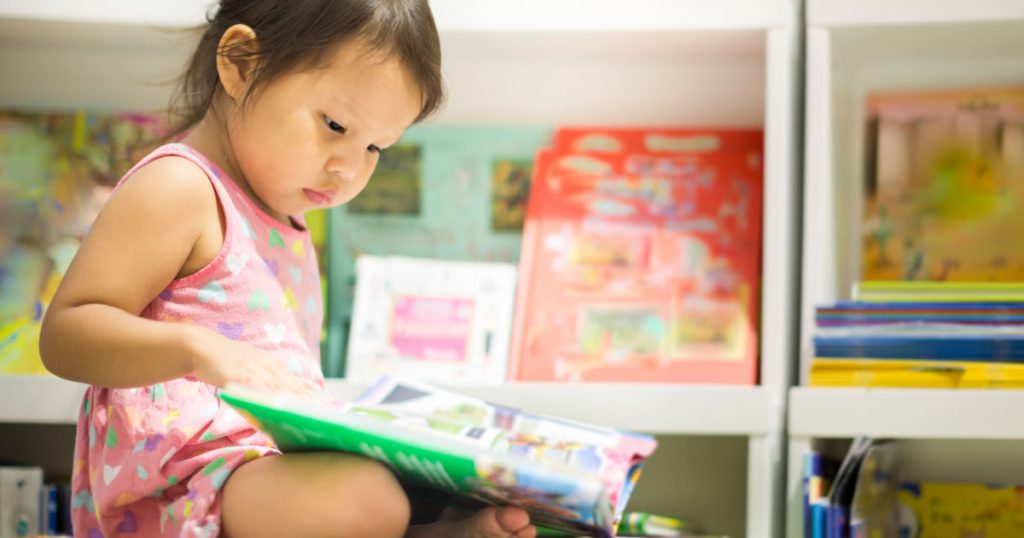Educators are in positions of enormous privilege in the relationships they share with young children and their families. Such relationships are built on trust and respect, even when early childhood education and care may also be a necessity for the family concerned.—Jackie Brien

For many families of young children with disabilities, their experience of the attitudes and practices of some early childhood environments has been less than ideal. Subtle suggestions such as implying that a child may be better off in another setting or that the physical environment of the service may not be adequate, are in fact, breaches of both government legislation and the United Nations Conventions (DEEWR, 2009; Disability Discrimination Act, 1992; Disability Standards for Education, 1995; Office of the United Nations High Commissioner for Human Rights, 1989, 2006). The National Quality Standard also outlines a clear requirement for inclusion (see Quality Area 6: Collaborative partnerships with families and communities, Standard 6.3) which emphasises the importance of collaboration with other organisations to enhance children’s learning and wellbeing, and facilitating access to inclusion and support assistance.
Inclusive practices involve much more than a philosophy statement displayed on the wall or in a parent handbook. Inclusion is all about relationships in action—between children, educators and children, and educators and families.
Partnering with families involves demonstrating an embracing of inclusion and of each and every child, right from the start. From the first time families make a phone call, or walk through the door, to everyday interactions with each educator and staff member at the service, attitudes and practices potentially supporting inclusion (or not!) are on display.
Right from the start and, as relationships develop over time with families, it can be helpful to explore several key elements of partnering relationships with families:
- sharing of power and responsibility
- mutuality
- shared aims and goals
- commitment to joint action.
(Adapted here from Bastiani, 1993, Chapter 7.)
Sharing of power and responsibility
Do educators really share power and responsibility in their relationships with parents? Who decides what is happening over the course of the child’s day? Do educators carefully consider the personalised understanding parents have of their own child?
Early childhood professionals have both a legislated and ethical requirement to acknowledge the primary relationship and holistic knowledge of all parents (DEEWR, 2009; ECA, 2016a, 2016b; ECA & ECIA, 2012; Office of the United Nations High Commissioner for Human Rights, 1989).
Sharing power and responsibility means being aware of the feelings families may experience about entrusting the care of their child to an early childhood professional and taking the time to build on families’ knowledge of their child—the child’s particular interests, ways to effectively engage them in experiences, their strengths and qualities, any particular needs of the child and how they go about addressing these at home. It may sometimes mean doing things a little differently or learning a new way to engage with children.
Mutuality
Do educators really listen to parents? Or do they listen and then go back to their own way of ‘doing’?
The concept of mutuality refers to when there is a sense of ‘give and take’ and listening to each other’s views. This builds on the concept of shared power and responsibility and is supported by collaborative practice.
Dunst, Trivette and Hamby (2007), when discussing early childhood intervention practices, provide an explanation which can also apply to partnering relationships between educators and parents.They define mutuality as positive help-giving behaviours, the type of support that is built on the acknowledgement of individual and family strengths, and aims, together with families, to helpfully support the child’s further learning, development and participation in everyday life.
Shared aims and goals
Who develops the aims and goals for each child at the service? Do parents ‘have a say’ in these goals? Or do educators decide for them? Are aims and goals for children with disabilities similar or different to those for the broader group of children? Why? Why not? Do aims and goals reflect the child’s own voice?
Sharing leadership in relationships with parents of young children with disabilities rests on the conception of parents and early childhood professionals as partners. Carnell and Lodge (2002), and Mulford (2008) explain this concept as co-constructing service provision, based on identification of shared goals. Together, educators and families can co-construct their hopes and aspirations for a child’s learning and development, building on the child’s own interests, unique qualities, hopes and dreams.
Commitment to joint action
Who is planning to implement these shared aims and goals? Is it the educator at the service? Is it the family at home? Or is it in fact both principal environments of the child?
A commitment to joint action means that the responsibility for the child’s learning and development is shared and becomes the emphasis for collaboration between the parent and the early childhood professional. This requires excellent communication, commitment and shared accountability of both parents and early childhood professionals.
It also requires an understanding and appreciation of family needs, aspirations and the broader complexities of ecological impacts on a family’s circumstances, time and energy. Particularly if a child has a disability, there can be an increased number of appointments, financial commitments, and the like. Both educators and parents must demonstrate commitment to the shared responsibility for the child’s learning and development—but it is also important to remember that for the paid early childhood professional, their joint action is also a requirement of the job and their responsibility as a professional.
How does an educator take on board the family’s aspirations, the child’s voice, their joint goals and responsibilities and enact true inclusion? It takes a welcoming attitude, and inclusive partnering practices, based on shared power and responsibility, mutuality, shared aims and goals, and commitment to joint action.
An excellent resource to reflect upon is ECA’s Statement on the inclusion of every child in early childhood education and care (2016b)
Education and care services can also receive support from the Inclusion and Professional Support Program.
Acknowledgement
Thank you to Stephanie O’Collins, Children’s Services Authorised Officer, Quality Assessment and Ratings Eastern Metro Area, Department of Education and Training and Linda Sinadinos, Early Childhood Performance and Planning Adviser, Inner East North-Eastern Victoria, Department of Education and Training for their review and suggestions for this article.
Jackie Brien
Manager Inclusion Access and Participation Department of Education and Training Co-Editor, Every Child
References
- Bastiani, J. (1993). Parents as partners: Genuine progress or empty rhetoric? In P. Munn (Ed.), Parents and schools: Customers, managers or partners? (Chapter 7). London, UK: Routledge.
- Carnell, E., & Lodge, C. (2002). Supporting effective learning. London, UK: Chapman.
- Department of Education, Employment and Workplace Relations (DEEWR). (2009). Belonging, Being & Becoming: The Early Years Learning Framework for Australia. Canberra, ACT: Commonwealth of Australia. Disability Discrimination Act. (1992). Retrieved from legislation.gov.au.
- Disability Standards for Education. (1995). Retrieved from education.gov.au/disability.
- Dunst, C., Trivette, C., & Hamby, D. (2007). Metaanalysis of family-centred help-giving practices research. Mental Retardation and Developmental Disabilities Research Reviews Special Issue: Families of Children with Developmental Disabilities, 13(4), 370–378.
- Early Childhood Australia (ECA). (2016a). Code of Ethics. Canberra, ACT: ECA. Retrieved from www.earlychildhoodaustralia.org.au/our-publications/ eca-code-ethics/code-of-ethics-core-principles/.
- Early Childhood Australia (ECA). (2016b). Statement on the inclusion of every child in early childhood education and care. Canberra, ACT: ECA. Retrieved from www.earlychildhoodaustralia.org.au/wp-content/ uploads/2014/01/Statement-of-Inclusion-2016.pdf.
- Early Childhood Australia (ECA) & Early Childhood Intervention Australia (ECIA). (2012). Position statement on the inclusion of children with a disability in early childhood education and care. Retrieved from ecia-nsw.org.au/documents/item/355.
- Mulford, B. (2008). Australian Education Review. The leadership challenge: Improving learning in schools. Camberwell, Vic.: ACER Press.
- Office of the United Nations High Commissioner for Human Rights. (1989). UN Convention on the Rights of the Child. Geneva, Switzerland: United Nations.
- Office of the United Nations High Commissioner of Human Rights. (2006). UN Convention on the Rights of Persons with Disabilities. Geneva, Switzerland: United Nations.
This article was originally adapted from ECA Every Child Volume 23, Number 2 2017. Read it here.
ECA Recommends
Inclusive education in the early years: Right from the start
By Kathy Cologon
Inclusive education in the early years introduces key concepts of inclusion, disability and inclusive education within the context of early childhood education. It focuses on effective approaches to facilitating inclusive education in the early years, addresses the Key Learning Areas and incorporates consideration of the prior to school, transition and early childhood school years. Purchase your copy on the ECA Shop here.



